Table of content
Pickling garlic in a sweet and sour mixture is a traditional preservation method that enhances its flavor and extends its shelf life. This technique is particularly popular in many Asian cuisines, where pickled garlic serves as a versatile condiment that can be enjoyed with a variety of dishes. However, one common challenge that enthusiasts of pickled garlic may face is the lingering spiciness, even after a month of fermentation. If you’ve found yourself wondering what to do with your still-spicy pickled sweet and sour garlic, this article offers comprehensive insights and practical solutions to help you enjoy your pickled garlic just the way you like it.
Understanding the Process of Pickling Garlic
Before diving into the solutions, it’s essential to understand the pickling process and the factors that influence the spiciness of garlic. Pickling involves submerging garlic cloves in a vinegar-based solution, often mixed with sugar, salt, and spices, and allowing them to ferment over time. This process alters the garlic’s texture and flavor, creating a tangy, sweet, and slightly sour taste.
The spiciness of garlic primarily stems from its sulfur compounds, particularly allicin. When garlic is crushed or chopped, an enzyme called alliinase reacts with the sulfur-containing amino acids to form allicin, which gives garlic its characteristic pungent aroma and spicy taste. Pickling helps to mellow out these compounds, but the degree of spiciness reduction can vary depending on several factors:
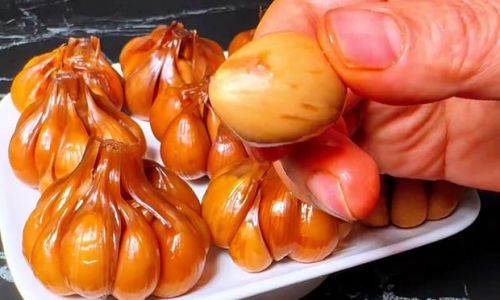
- Variety of Garlic: Some garlic varieties are inherently spicier than others.
- Age of Garlic: Younger garlic bulbs tend to be more pungent.
- Fermentation Time: The longer the garlic ferments, the more the spiciness tends to dissipate.
- Pickling Solution: The acidity, sugar content, and presence of other ingredients in the pickling solution can affect the final flavor.
Why Is My Pickled Garlic Still Spicy After a Month?
If your pickled sweet and sour garlic remains spicy after a month, several reasons could be at play:
- Variety and Age: As mentioned, the type and age of garlic used can significantly impact its spiciness.
- Pickling Conditions: Temperature fluctuations, exposure to air, and the tightness of the sealing can all affect the fermentation process.
- Ratio of Ingredients: The balance of vinegar, sugar, salt, and spices in the pickling solution can influence how quickly the spiciness diminishes.
- Fermentation Time: While a month is generally considered sufficient for many pickling recipes, some garlic varieties may require longer periods to fully mellow.
Solutions to Reduce the Spiciness
Now, let’s explore some practical strategies to reduce the spiciness of your pickled garlic:
Extend the Fermentation Period
The simplest solution may be to give your pickled garlic more time to ferment. If you’ve only let it sit for a month, consider leaving it for another month or even longer. The longer it ferments, the more the harsh flavors will dissipate, and the garlic will develop a more mellow, balanced taste.
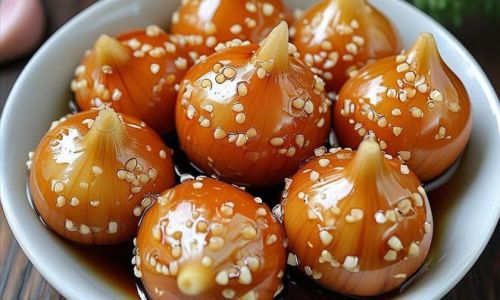
Adjust the Pickling Solution
The composition of your pickling solution can play a crucial role in managing the spiciness. Here are a few adjustments you can make:
- Increase the Vinegar Content: More vinegar can help neutralize the spicy compounds in garlic. Consider adding a bit more vinegar to your pickling jar if it seems too spicy.
- Add Sugar: Sugar not only balances the acidity of the vinegar but also helps to counteract the spiciness. A bit more sugar might be just what your pickled garlic needs.
- Use a Different Type of Vinegar: Some vinegars, like apple cider vinegar, have a milder flavor than others like distilled white vinegar. Switching to a milder vinegar can help reduce the overall spiciness.
Blend with Milder Garlic
If you have access to milder garlic varieties, consider blending your spicy pickled garlic with some milder ones. This can help balance out the spiciness and create a more harmonious flavor profile.
Rinse and Re-pickle
If your pickled garlic is excessively spicy, you can try rinsing the cloves under cold water to wash off some of the excess spices and then placing them back in a new, milder pickling solution. This method may slightly alter the texture and flavor, but it can help reduce the spiciness.
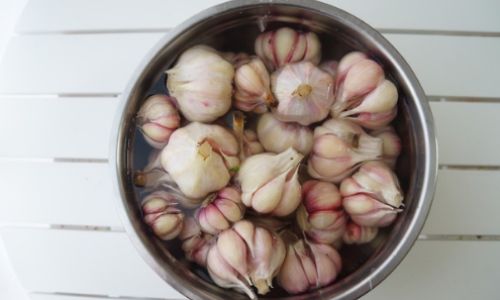
Use as a Cooking Ingredient
Sometimes, the best way to enjoy spicy pickled garlic is to incorporate it into cooked dishes. The heat from the garlic can add a delightful kick to stir-fries, marinades, or sauces. Cooking the garlic can also help mellow out its spiciness to a more palatable level.
Add Dairy or Fat
When using your pickled garlic in dishes, consider adding a bit of dairy (like yogurt or cream) or fat (like butter or oil). These ingredients can help to coat your palate and reduce the perception of spiciness.
Serve with Cooling Foods
Pair your pickled garlic with foods that have a cooling effect, such as cucumber, mint, or yogurt. These ingredients can help balance out the heat and make the garlic more enjoyable.
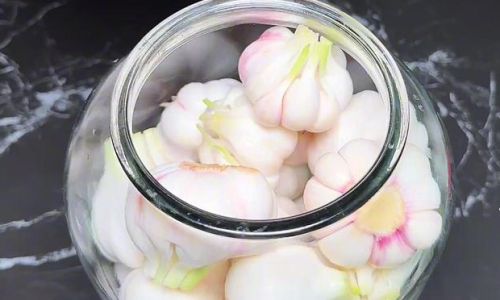
Preventive Measures for Future Batches
To avoid ending up with overly spicy pickled garlic in the future, here are some preventive measures you can take:
- Choose the Right Garlic: Opt for milder garlic varieties if you prefer less spicy pickled garlic.
- Control Fermentation Conditions: Keep your pickling jar in a cool, dark place with consistent temperatures to ensure optimal fermentation.
- Test and Adjust: Before fully submerging your garlic, make a small batch of the pickling solution and taste it. Adjust the sweetness, acidity, and seasoning to your liking before proceeding.
- Use a Balanced Recipe: Follow a well-tested recipe that balances the ingredients properly. Adjustments based on personal preference should be made with caution.
Conclusion
Pickling garlic in a sweet and sour mixture is a delightful way to preserve and enhance its flavor. However, managing the spiciness can be a challenge, especially if your pickled garlic remains spicy after a month. By understanding the factors that influence garlic’s spiciness and employing practical strategies such as extending the fermentation period, adjusting the pickling solution, blending with milder garlic, rinsing and re-pickling, using it in cooking, adding dairy or fat, serving with cooling foods, and taking preventive measures, you can enjoy your pickled garlic just the way you like it. Remember, patience and experimentation are key to mastering the art of pickling garlic. Happy pickling!
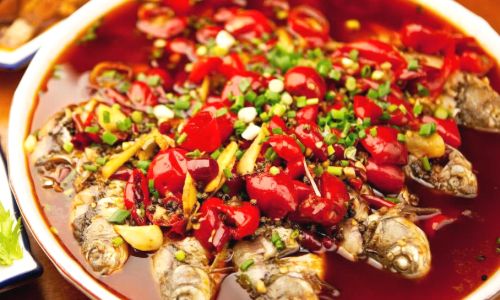
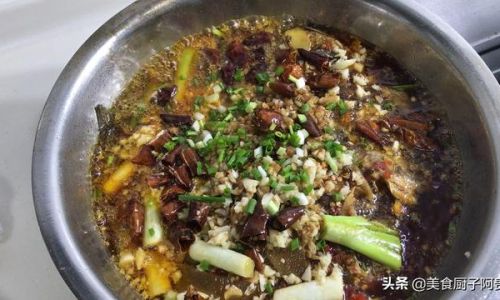
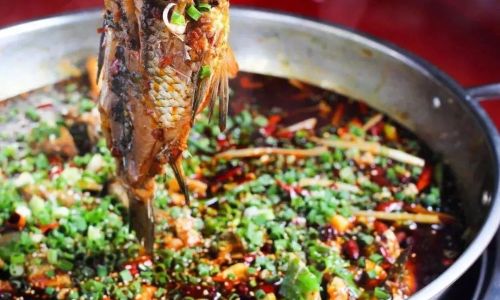
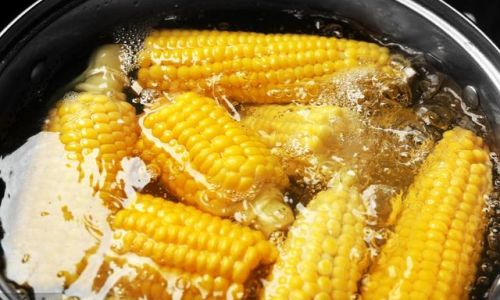
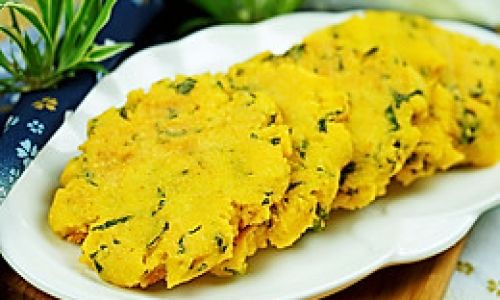

0 comments